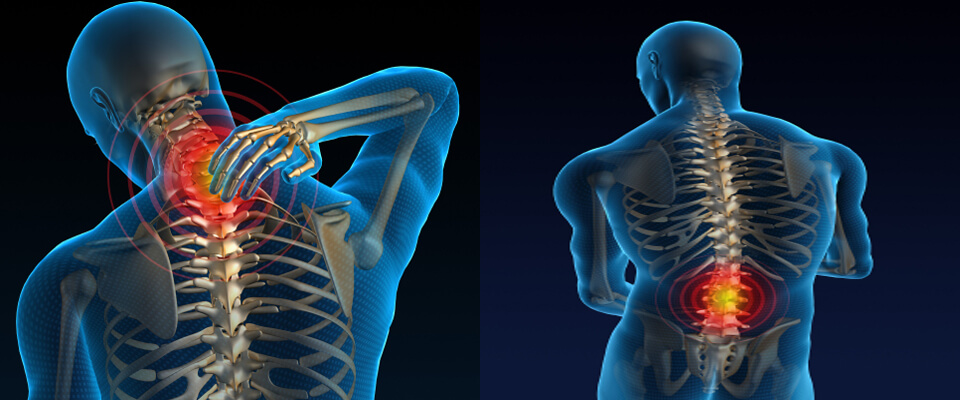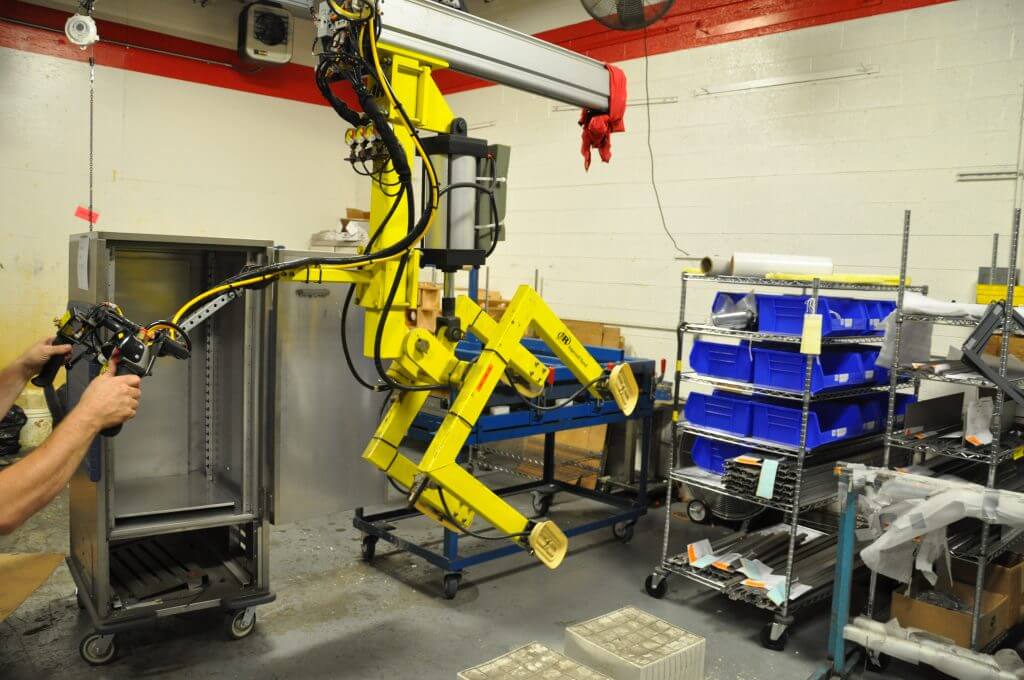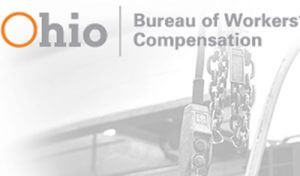January 24, 2018
Common Workplace Injuries & Ergonomic Solutions
SHARE THIS POST
Common Workplace Injuries & Ergonomic Solutions – By: Madison McDaniel
A common injury that occurs in the manufacturing sector is musculoskeletal disorders (MSDs). MSDs are “injuries and disorders that affect the body’s movement or musculoskeletal system.” Other names used for MSDs are “overuse injury”, “repetitive motion injury”, and “repetitive stress injury”. MSDs are the largest category of workplace injuries and responsible for about 30% of all worker’s compensation costs. When fatigue overtakes the body’s recovery system, musculoskeletal imbalances develop and persist as long as fatigue continues to outrun the body’s recovery system. The risk of MSDs in the workplace can be diminished by:
- Providing safe and effective procedures
- Training workers on proper techniques
- Encouraging workers to accept their responsibilities
- Rotate workstations and tasks to avoid excessive repetition
- Take stretch breaks
- Utilize carts and dollies
MSDs that transpire in manufacturing are generally caused by cumulative trauma disorders (CTDs). CTDs take place due to accruing wear and tear on the ligaments, tendons, muscles, and nerves. A few examples of CTDs include carpal tunnel syndrome, back injuries, and tendinitis. Workplace risk factors to be aware of are:
- Manual material handling
- High forces
- Awkward postures
- Repetitive motions
- Vibration exposure
- Hand tool usage
- Prolonged equipment operation
Manual material handling is the principal source of compensable injuries in the American work force, and four out of five of these injuries will affect the lower back. Below are a few ergonomic solutions that can greatly reduce these:
- Lifting Aids – Used to “lift, tilt, and/or turn materials. Lifting aids do not eliminate the need to handle material; however, they reduce forces on the spine and the risk of back injuries. I.e. powered and spring-loaded lift tables.
- Lift Assist Devices – Greatly minimizes the forces on the body by using mechanical means, such as electrical, hydraulic, or pneumatic, to provide the lifting power. I.e. hoists, cranes, manipulators, and vacuum lifters (as seen below).
- Transport Devices – Reduce the risk of injury by providing the force through mechanical means or, as in some cases, eliminating the need to manually handle the material at all. I.e. carts, conveyors, tugs, powered dollies, forklifts.
Ohio Bureau of Workers’ Compensation (BWC) recently had sixty-five manufacturing companies receive lift assists, lifts aids, and/or transport devices and achieved the following results after an average follow-up period of 214 days. The CTD rate (per 200,000 hours) decreased from 9.8 to 4.9 which resulted in a 50% improvement. Ohio BWC also found the days lost due to CTDs improved from 110 days per 200,000 hours worked to 36.2: a 70% improvement.
Many people may be surprised on the true costs of avoidable occupational injuries and the impact they have on a company’s financials. Occupational Safety and Health Administration (OSHA) has a calculator that takes a company’s profit margin, the average costs of an injury or illness, and an indirect cost multiplier to project the amount of sales a company would need to generate to cover the cost of the injury. This tool is intended to raise awareness of how workplace injuries can impact overall company profitability.
- Take for example, a worker suffers a back strain (a very common injury); 1 back strain has a direct cost of $33,140, an indirect cost of $36,454, and a total cost of $69,594. Say the company’s profit margin is 3%; To cover indirect costs for this injury, the company would need to hit sales numbers of $1,215,133 and $2,319,800 to cover total costs. (The extent to which the employer pays the direct costs depends on the nature of the employer’s workers’ compensation insurance policy. The employer always pays the indirect costs.) To learn more about this calculator, click here.
Overall, Implementing a successful ergonomic process can reduce CTDs as well as help your facility achieve quality and productivity gains. For this process to be effective, it is important that management is devoted to the process, provides the necessary resources, and participates to assure success. The company should issue a policy to communicate your safety goals with the entire organization, assign lead roles accordingly, hold safety meetings between supervisors and employees, and align your safety goals as priority with other cost reduction, productivity, and quality assurance activities. To learn more about how to implement a strategic ergonomic process, contact C.H. Reed today!
Sources:
-
Middlesworth, M. (2015, May 15). The Definition and Causes of Musculoskeletal Disorders.
Retrieved January 03, 2018, from http://ergo-plus.com/musculoskeletal-disorders-msd/ -
Middlesworth, M. (2016, March 17). How to Recognize Ergonomic Risk Factors in the Workplace.
Retrieved January 04, 2018, from http://ergo-plus.com/ergonomic-risk-factors/ -
Ergonomics Best Practices for Manufacturing. (n.d.).
Retrieved January 5, 2018, from https://www.bwc.ohio.gov/downloads/brochureware/publications/ManufSafeGrant.pdf
Search
Categories
Get a consultation
Related Posts
The 3 Distinct Advantages of Hydraulic Powered Pumps
Recently, C. H. Reed helped a major printing operation install a new ink pumping system. The new system needed to transfer four colors of high viscosity, heat-set ink to their three presses, drawing the ink from multiple 5,000…
Simple Ways to Reduce Waste in Your Spray Finishing System
In today’s demanding manufacturing landscape, it can be convenient to adopt a “cut-costs-at-all-costs” mentality, justifying questionable means for the sake of leaner production, a lower bottom line and increased profitability. Regrettably, those efforts can interfere…
What You Need to Know About Air-Powered Pressure Washers
Pressure washers are great solutions for your average cleaning applications, but what tool do you turn to for your more challenging applications? There are many instances where it is simply impossible to use a traditional…


